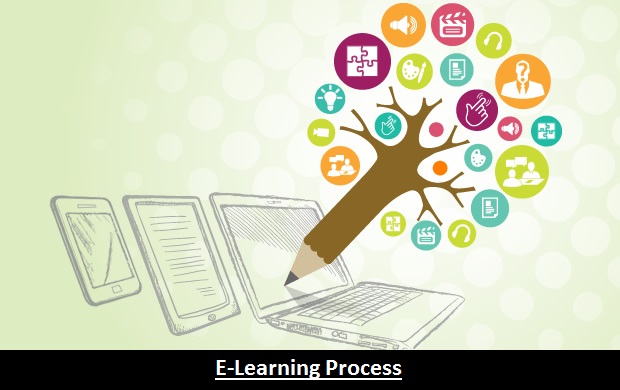Reforming Education System Through The Blended E-Learning Process
Blended e-learning
is all about the combination of the facial interaction with the work-based
learning. This learning mode is mainly prevalent in the segment of K- 12. In
order to meet the requirements of the academicians and students, the education
industry regulators are now greatly focusing on this form of education along
with reducing the traditional methods of learning. The process of blended
e-learning has made the delivery of knowledge more productive and efficient as
the instructors or the teachers are now going for the sharing of their
instructions and resources all online, thus enabling the students to go for
accessing these resources according to their conveniences.
The blended e-learning process is one of
the best education technology that has
helped in the building of the connected classrooms. With different education
technological solutions, the different blended e-learning models can be
enhanced and improvised. One of the main market drivers of the blended
e-learning process is the enhanced learning opportunities which have been adopted by most of the educational
institutes today. The market for blended
e-learning is also facing a major market challenge which lies in the quality of
the content that is delivered. The current market trend of the blended
e-learning process shows the increasing demands from the different emerging
regions. Geographically, the blended e-learning Market is divided into global
regions like Europe, North America, Asia- Pacific, Middle East, LATAM, and
Africa.
There are various models of the blended e-learning processes. Some
of them are listed below:
·
Flipped classroom- the flipped
classroom model meets all the basic requirements of the students inside the
classroom. Now they can avail the benefit of taking lectures through online
platforms or video podcasts. For maintaining a two- way process of
communication, the flipped classroom now goes for providing the students a
particular platform for chatting and interacting with the faculty and other
fellow students. The flipped classrooms are very much different from the
traditional classrooms.
·
Project-based learning- the
project-based learning helps the students in exploring the real- world
challenges and problems. This type of learning is getting boosted because of
the collaborative efforts made by the students in this type of learning
process. This type of learning involves blended writing genres, multiple assessments of skills along with other elements
of role-playing.
·
Rotation model- the rotation
model is considered to be one of the most common models in the blended
e-learning process. In this type of model, the students shift between the
entire class discussions projects and online learning process. Here, the
teacher rotates the subjects, and, in this way, the students shift their
activities.
Key players in the blended e-learning market
The
key players who are dominating the blended e-learning market include prominent companies like Adobe Systems, NIIT, Blackboard, Educomp Solutions,
Scholastic, Allen Interactions, Articulate, Cisco Systems, Intel, Pearson, and
others. With the help of various InformationTechnology & Market firms, one can know more about the blended
e-learning market in details.
In order to
acquire more details about Sheer Analytics and Insights please call us at
+913346009199. For any other query, you can also mail us anytime. Please note
down our email address: sales@sheeranalyticsandinsights.com



Comments
Post a Comment